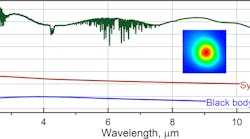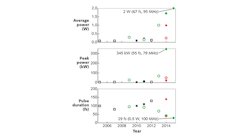Mike Mirov received a Bachelor of Science in Electrical Engineering and Master of Science in Engineering both from the University of Alabama at Birmingham in 2006 and 2014. He was an engineer at the Center for Biophysical Sciences and Engineering at the University of Alabama at Birmingham from 2006 to 2010. Since then, he has been with IPG Photonics Southeast Technology Center (Birmingham, AL), where he is currently the General Manager. His research interests include laser materials, laser system engineering, and mid-infrared laser applications.

